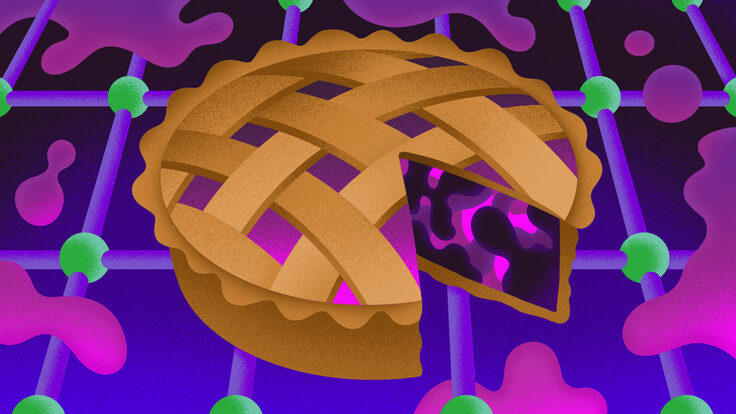The Italian National Institute of Nuclear Physics, INFN, used modern-day science to clear up another history mystery, reports the CERN Courier.
Laboratories in Milano-Bicocca and Pavia in Italy used neutron activation to test for arsenic poisoning in hair samples from renowned French general and ruler Napoleon Bonaparte.
Physicists used a small nuclear reactor built for the Cryogenic Underground Observatory for Rare Events--a neutrino detection experiment--to study particles in preserved hair samples.
The test found high levels of arsenic but failed to find a significant increase in arsenic levels shortly before Napoleon’s death.
That contradicts theories that prison guards at Saint Helena poisoned him. Rather, tests of hair from periods throughout Napoleon’s life found high levels of arsenic likely due to environmental factors in the early 19th century.
Last May, INFN used a particle accelerator to carbon date four relics tied to St. Francis of Assisi, the Catholic patron saint of animals who founded the Franciscan order of monks.
The exam found that a tunic, death bedding, and gospel housed in the town of Cortona dated from the lifetime of St. Francis, but another tunic preserved in Florence was made decades after his death.






